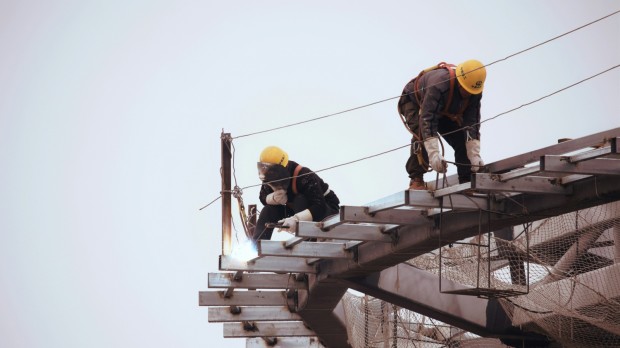A study reveals that the excessive heat currently spreading over the United States can pose a massive threat to the economy since it substantially decreases investment and productivity in the building industry. Also, it is anticipated that upcoming surges in extreme heat will significantly elevate the quantity of hazardous workdays, thereby hindering economic expansion even further.

(Photo : Unsplash/Eric Wang)
Effect of Extreme Heat in the US
A study conducted by the Federal Reserve Bank of San Francisco found that extreme heat is likely to negatively impact the United States economy by decreasing capital investment and lowering the productivity of building employees. Based on the study's findings, outdoor workers are projected to be more susceptible to heat stress in the future. This sensitivity will be evaluated on days per year that exceed the safety standards for heavy work. The authors' forecasts indicate that this number will significantly increase by the end of the century, going from 22 days in 2020 to around 80 days by the year 2100.
Moreover, to analyze the potential impact that labor productivity losses could have on the economy, the authors divided total economic production from 1950 to 2019 among five different sectors. As mentioned, manufacturing and services are the most significant sectors, but most work is conducted indoors under climate control. Compared to other outdoor industries, such as agriculture and mining, the construction industry accounts for the most significant portion of the United States' total output.
In a working paper published on the bank's website on Tuesday, May 28, economists Gregory Casey, Stephie Fried, and Matthew Gibson postulated that in the absence of substantial initiatives to mitigate carbon emissions, forthcoming surges in extreme heat could result in a 1.8% decline in annual consumption and a 5.4% reduction in capital stock by the year 2200.
The researchers reportedly developed a model to investigate the relationship between productivity and macroeconomic outcomes. According to the research, a fall in efficiency would have a prolonged effect on the economy by reducing capital accumulation since the construction industry is an essential component of overall investment in the United States. Accordingly, it may also be possible for businesses and their employees to find ways to adapt, such as moving some manufacturing to cooler regions of the country or working during periods of the day when temperatures are lower.
Also Read: Tesla Breaks Ground on Massive Megapack Battery Factory Spanning 200,000sqm in Shanghai
Risks of Prolonged Extreme Heat
Extreme temperatures frequently impact workers in unanticipated sectors such as construction and agriculture. People who work in factories, warehouses, restaurants, and employees of airlines and telecommunications businesses, delivery services, and energy organizations are experiencing difficulties due to the high temperatures. Home health aides also need help with their work.
Employees subjected to high temperatures or operating in hot conditions may be at risk of experiencing heat stress. Occupational diseases and injuries can be brought on by prolonged exposure to extremely high temperatures. The complications that might arise from heat stress include cramps, rashes, heat exhaustion, and heat stroke. It is also possible for heat to cause workers to experience disorientation, sweaty hands, and fogging of their safety glasses, all of which can increase the likelihood that they will sustain an injury. Incidental exposure to steam or heated surfaces may also lead to burns.
Related Article: Hidden Causes of Construction Workers' Heat Illnesses Beyond Extreme Temperatures Revealed







